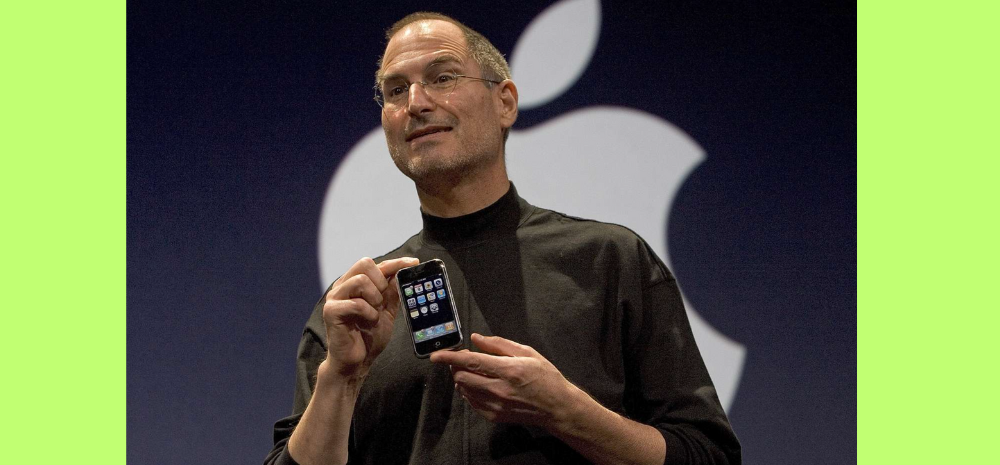Apple launched its first-ever iPhone in 2007 – it was introduced to the world by Apple’s CEO Steve Jobs on Jan. 9, 2007.

The legendary first iPhone had only one button – a big round one on the bottom that sent the user back to the home screen.
While being a phone that changed the future of all future smartphones, there was a time when Apple’s iPhone didn’t do everything!
Today, let’s look at seven things that the first iPhone couldn’t do:
Seven Things Apple’s First iPhone Couldn’t Do!
INSTALL APPS
The first iPhone exclusively ran Apple software, limiting users to pre-installed apps. However, a year later, Apple developed a framework for third-party developers to create apps, marking the beginning of the smartphone era.
MAKE 3G CALLS
Initial iPhones were restricted to 2G and 2.5G networks, resulting in slow browsing speeds without Wi-Fi. However, the following year, the iPhone 3G was released, introducing faster data speeds by connecting to 3G networks.
COPY AND PASTE
Early iPhone users faced a significant limitation as they couldn’t copy and paste text. However, this functionality was added to iPhones two years later, in June 2009.
CHANGE THE WALLPAPER
The first iPhone featured a fixed wallpaper of a blue globe, limited to the lock screen, and users couldn’t customize their wallpapers beyond this pre-set image until later iPhone models.
SEND MMS MESSAGES
In 2007, the absence of MMS support was a notable limitation for early iPhone users. Initial iPhone owners had to rely solely on text messages without multimedia capabilities like MMS.
EXPAND ITS STORAGE SPACE
Early iPhones lacked expandable memory options, featuring limited onboard storage. Despite demands, Apple has not included expandable memory in iPhones, maintaining fixed storage capacities.
RUN FLASH ON THE WEB
Apple’s decision to omit Flash support in 2007 was significant, as much of the web relied on it at the time. Despite being controversial, Apple’s stance against Flash has been validated by its decline in use over the years.














